More and more options are emerging to help patients improve their hearing, a group of aural rehabilitation panelists said on Jan. 27 at the Triological Society Combined Sections Meeting.
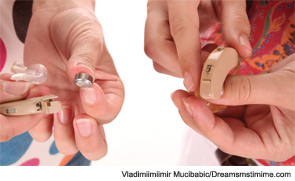

More and more options are emerging to help patients improve their hearing, a group of aural rehabilitation panelists said on Jan. 27 at the Triological Society Combined Sections Meeting.
While recent reports show that phosphodiesterase-5 (PDE-5) inhibitors can cause sudden sensorineural hearing loss (SSHL), what is the global experience of this phenomenon? Background: SSHL has been reported after the ingestion […]
What is the efficacy of a hearing conservation program in changing acoustic risk taking and hearing conservation behaviors in elementary school children? Background: Approximately 30 million North Americans have speech-frequency hearing […]
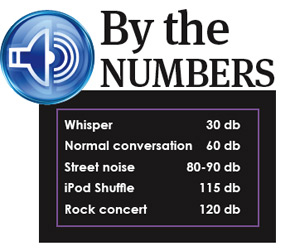
Prior to the introduction of MP3 players, hearing loss among children was estimated at around 12.5 percent. More recent studies, however, estimate that 16 percent of teenagers, or approximately 6 million children, suffer from permanent noise-induced hearing loss (NIHL).
Hearing aids-external electronic devices used to help individuals with hearing loss-traditionally consist of a microphone, an analog-to-digital converter, a digital signal processor, a digital-to-analog converter, and a receiver that delivers an acoustic signal into the external auditory canal. In 2008, 97% of all hearing aids sold used digital processing. Catherine V. Palmer, PhD, provides a review of current digital hearing aids.

SAN DIEGO-Hearing aids can become a reliable source of ancillary income for otolaryngologists, according to four speakers in the miniseminar, Hearing Aids: The Dollars and Cents of Dispensing, presented at the annual meeting of the American Academy of Otolaryngology-Head and Neck Surgery (AAO-HNS).
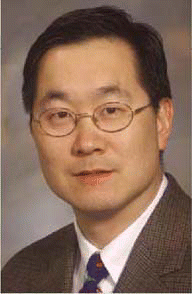
Approximately 28 million people living in the United States suffer from some degree of hearing loss. It is the most frequently occurring birth defect—about three of every 1,000 babies are born with hearing loss.
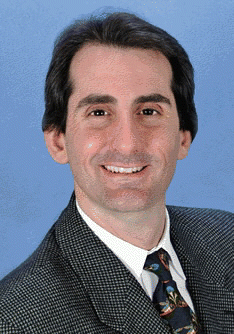
PHOENIX-Low-frequency hearing loss could be an early indicator that a patient has cerebrovascular disease or is at risk for cardiovascular (CV) disease. These are the key findings in a two-part study investigating whether there is a relationship between audiometric patterns and vascular disease.
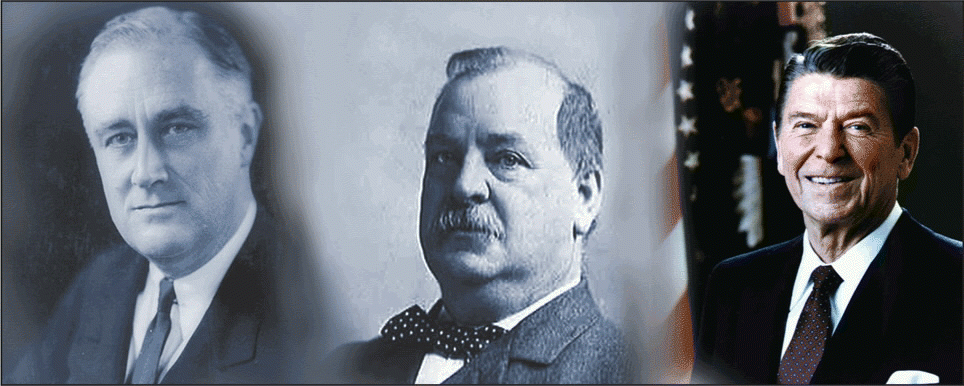
As this article is being written, the presidential campaign is in the final heat, and all eyes are turning toward the finish line.
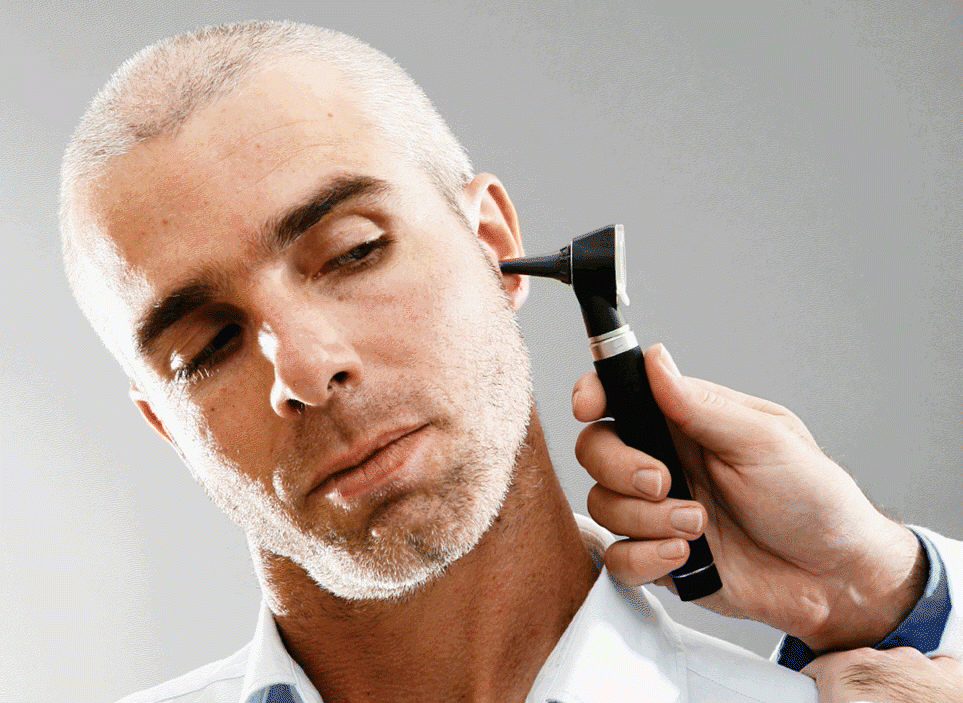
A recent study published in the Archives of Internal Medicine concluded that hearing loss is more prevalent among adults in the United States than previously believed.